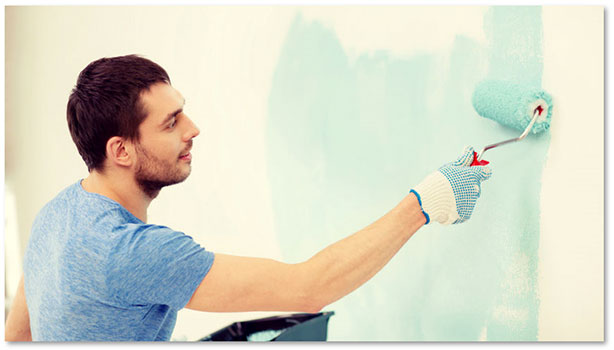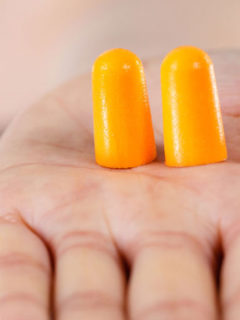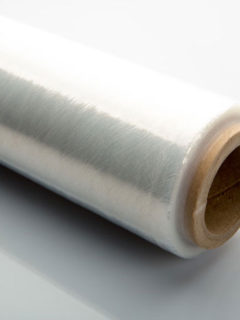essential for a good painter? First and foremost, paint and brushes… But just as important is masking tape.And there are many (colourful) variations in this area.Are all these tapes the same? Not at all!In this selection guide, we’ll guide you through the most commonly used types and give you tips on how to prevent paint from slipping under your tape.
Which masking tape should I choose?
Pour de simples travaux de peinture à l’intérieur, il suffit de choisir un ruban blanc en papier crêpé. Il s’agit généralement de la variante la moins chère, qui reste en place pendant quelques jours.
Pour ceux qui ont besoin d’un niveau de professionnalisme et de raffinement plus élevé, il y a le ruban jaune fait de papier de riz. Son adhésif est plus résistant aux rayons UV et donc moins susceptible de durcir. Cela permet au ruban de coller plus longtemps, sans perte de qualité (et sans laisser de résidus de colle). Vous avez également moins de chances de voir la peinture couler derrière la bande. Ce qui n’est certainement pas votre but.
Et si vous devez travailler à l’extérieur ? Face au mauvais temps et même sous la pluie ? Il est alors préférable d’utiliser le ruban vert en polyéthylène, une sorte de plastique.
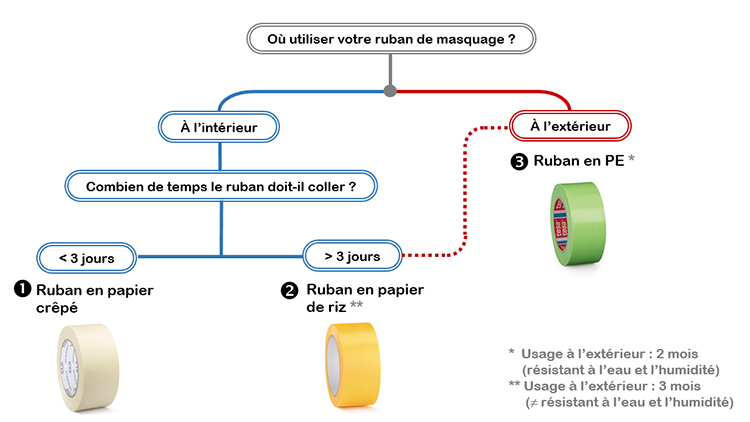
► 1. Crepe paper masking tape
The great advantage of this masking tape is undoubtedly its price: it
is
the cheapest variant. In fact, it is ideal for those who need to carry out simple painting jobs, without having to consider a sophisticated finish. Remember: you can only use this tape indoors. Of all the variants, this tape is the least UV-resistant, so it is best not to leave it to stick for too long (max. 3 days)
- Flexible crepe paper tape, natural rubber adhesive.
- Suitable for masking floors or walls, temporarily closing boxes or bags, and much more.
- Find out more about the crepe paper masking tapefrom RAJA.
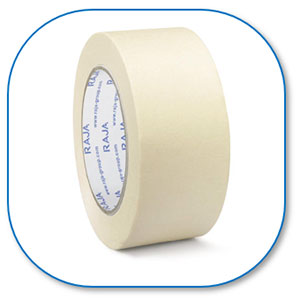
► 2. Rice paper masking tape
Rice paper tape is essential for painting indoors. This masking tape has a high UV resistance and is very flexible.You can remove it perfectly without damaging the surface.Moreover,it is perfect for preventing paint from running behind the tape.For really straight paint lines,you should therefore use rice paper.In addition,you can also use this tape outdoors.Keep in mind that it is not water resistant.In a damp or rain-sensitive area,it is best to use green PE tape
- Very thin and flexible tape made of yellow rice paper, acrylic adhesive.
- For all indoor (up to 6 months) and outdoor (up to 3 months) painting jobs.
- Find out more aboutrice paper masking tape.
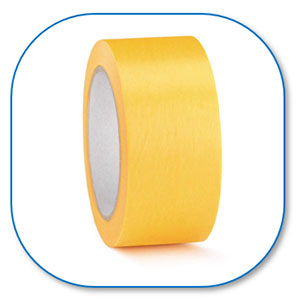
► 3. PE masking tape (polyethylene film)
[For those who work outdoors, there is Tesa’s green masking tape. It is made of polyethylene, a type of plastic film. This makes it both weatherproof and waterproof. After it has been stuck on, it stays firmly in place for about 2 months. In that time, you can easily remove it, without leaving any traces of glue. By the way, you can tear this plastic tape off by hand, both lengthwise and widthwise. Very handy when you want to work a little faster
- Reinforced PE film with a thickness of 130 microns. acrylic adhesive.
- Suitable for masking facades during painting work, as floor markings, for fixing or bundling wires, etc.
- Find out more about masking tape for outdoor usefrom TESA.
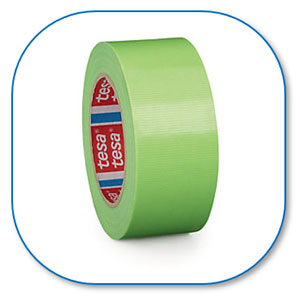
How to best use masking tape?
► How to use masking tape before painting?
- For accurate and detailed painting, start by levelling the surface. On an uneven surface, you are much more likely to have paint running behind the tape.
- Clean the surface before applying the tape. Avoid surfaces that are too wet, greasy or dusty.
- Test the tape on an inconspicuous area first, so you can be sure that the tape is suitable for that surface.
- Do not stretch the tape unnecessarily before applying it, as this will prevent the tape from swelling and the paint from running underneath.
- Use narrow tape (19 to 38 mm) to mask small items (such as switches); wider tape (50 or 70 mm) is a good solution for delineating large areas of colour.
- It is best to use long pieces of tape, so you are better able to paint straight lines.
- Masking tape has a lighter adhesive power as standard, so press the tape firmly onto the surface before you start painting.
- Don’t forget to cover larger areas – a paint splatter on a sofa or table is, I imagine, not wanted. Fortunately, there are practical solutions to this problem, such as furniture covers and protective caps, and it’s best to cover your floor with pieces of cardboard, like these spacers.
► How do you use masking tape after painting?
- Are you working with crepe masking tape? If so, remove the tape shortly after applying the last coat of paint. If you leave the tape in place, the paint will penetrate the crepe paper. The result? You won’t have a nice straight line after removing the tape.
- By removing the masking tape quickly, you can also avoid discolouration of your wall.
- Remove the tape slowly and evenly along its length, preferably at a 45° angle.
